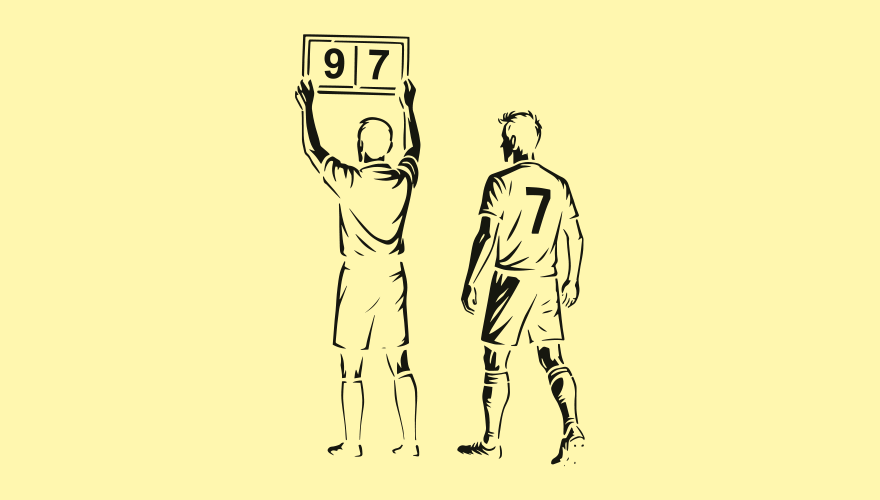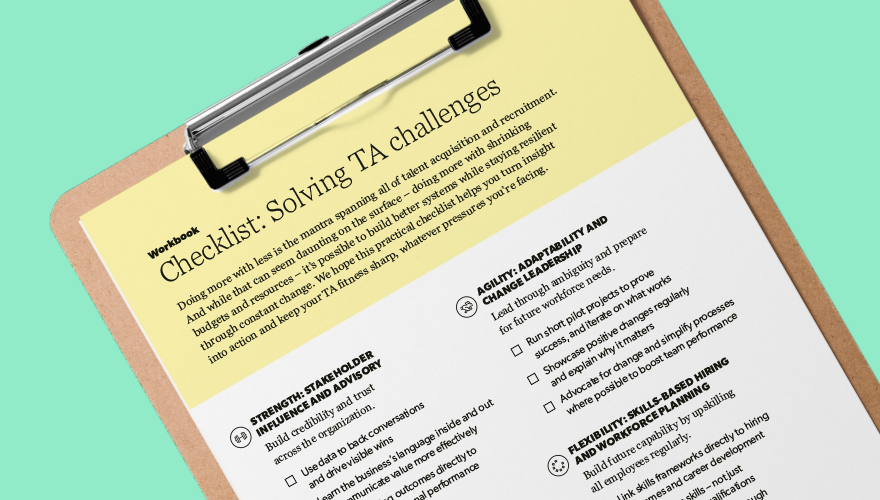Blog
Building your skills map into a skills ontology: a how to

In my previous article about skills mapping, I shared a skills map for AI Engineers – designed to visually organize the most in-demand hard and soft skills and improve the hiring process. From here, next steps are to use those skills to create a skills ontology for specific business goal(s). In the example, the goal for this AI Engineer role is to be part of the larger function that develops AI-powered reporting.
Combining hard and soft skills into a skills ontology
To align the business goal with the required skills, your skills ontology should include essential hard and soft skills and show how they're interconnected. This process helps you see how different skills influence other skills across various categories.
For example, Feature Engineering (H):
- Informed by: Creative Solutions (S)
- Informed by: Critical Thinking (S)
- Leads to: Core AI/ML Techniques (H)
- Directly contributes: AI-Powered Reporting
These skill relationships indicate that reaching this goal requires both technical expertise and innovative problem-solving skills. If one of these skills are missing or needs improvement, upskilling the individual can directly enhance their performance and positively impact business goals.
Why skills ontologies are useful
Skills ontologies are a powerful tool for hiring managers and HR professionals by simplifying the process of evaluating candidate fit or training by highlighting the specific skills needed. Even if a person doesn’t possess the exact skill required, having a related skill within the same category usually indicates that upskilling should be easier.
Additionally, we can boost productivity by providing training on skills that are interconnected with essential skills. In other words, it helps you see which skills matter most and what can – and should be – improved.
In terms of hiring, this process will allow you to:
- Look beyond job titles and credentials and expand your candidate pool
- Decrease your time-to-fill
- Help you focus on hiring the people who can do the job well
Job titles are not standardized, and solely relying on them will cause you to overlook top talent.
If you're interested in starting your skills-based journey, feel free to download your very own skills map below to try it out yourself or read our latest report on skills-based hiring.
Download our skills map workbook
Take the first step in your skills-based hiring journey by downloading our workbook.












